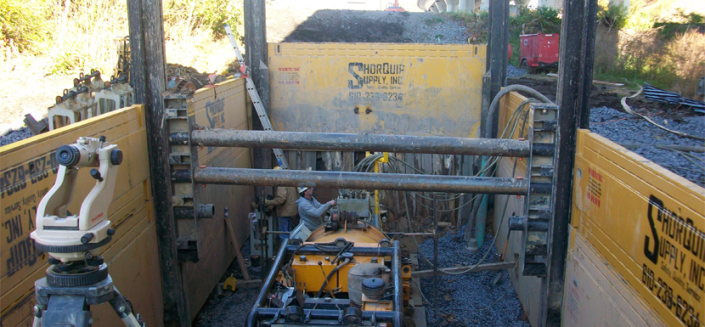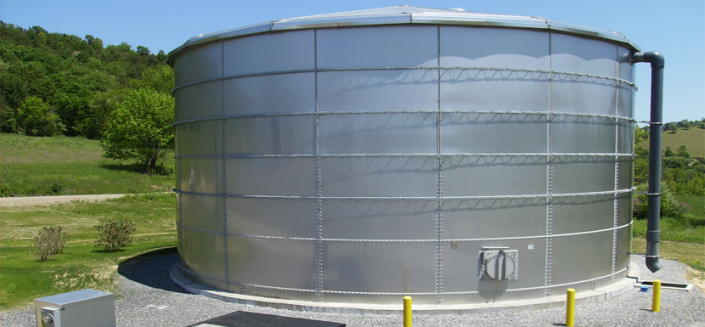An aging 1.0 million gallons per day wastewater treatment plant (WWTP) served Littlestown Borough and parts of Union and Germany Township. The WWTP’s 25-70-year-old antiquated equipment became a barrier to meeting compliance standards set forth by the Chesapeake Bay Tributary Strategy (CBTS). Therefore, upgrading the facility was essential to maintain compliance and to ensure the future welfare of the local communities it serves. Through a partnership with Herbert, Rowland & Grubic, Inc. (HRG), Littlestown Borough and Littlestown Borough Authority embarked on a comprehensive project involving extensive upgrades to the existing WWTP. Upgrades included a new influent pump station, headworks facility, wet weather storage facility, solids handling process, plant drain pump station, biological nutrient removal (BNR) upgrades, secondary clarifier improvements, and chemical addition for supplemental carbon and total phosphorus reduction. Ultimately, this WWTP project exceeded expectations, achieving long-term sustainability and compliance, while ensuring the health and safety of the communities it serves.
The project also included planning, design, permitting, and construction phase services for the following:
- Improvements to the existing oxidation ditches, clarifiers, and equalization basins.
- New influent pump station (screw pumps), fine screen and washer/compactor.
- Grit and grease removal system to replace the existing aerated grit chamber and outdoor fine screen, new aeration system for wet weather storage tanks.
- New aerobic digesters to replace the 70-year-old converted sludge holding tank and thickener system.
- New submersible plant drain pump station.
- New solids handling facilities to include new sludge pumps, building, polymer system, and centrifuge to replace existing unserviceable belt filter press.
The BNR upgrades included the following improvements:
- Converting existing oxidation ditches from parallel configuration to series with the option to still run in parallel during high flows.
- Anaerobic basin for biological phosphorus removal.
- Supplemental carbon addition.
- Alum addition for phosphorus reduction.
In addition, the upgrade included new electrical service, emergency power, instrumentation, and a supervisor control and data acquisition (SCADA) system to provide enhanced operations and flexibility to the operators while on-site or from a remote location.
HRG’s financial specialists assisted the Borough and Borough Authority in securing project funding for this large-scale initiative, including $4.5 million in interim-financing and an $8.5 million low-interest loan from PENNVEST. HRG’s professional team also provided value engineering throughout all phases of the project to reduce the total project cost from an estimated $8.5 million to $8.0 million. The $500,000 savings allowed Littlestown Borough Authority to include a replacement utility water system and provide upgrades to the existing ultraviolet disinfection system control panel to enhance the interface with the new SCADA system.








